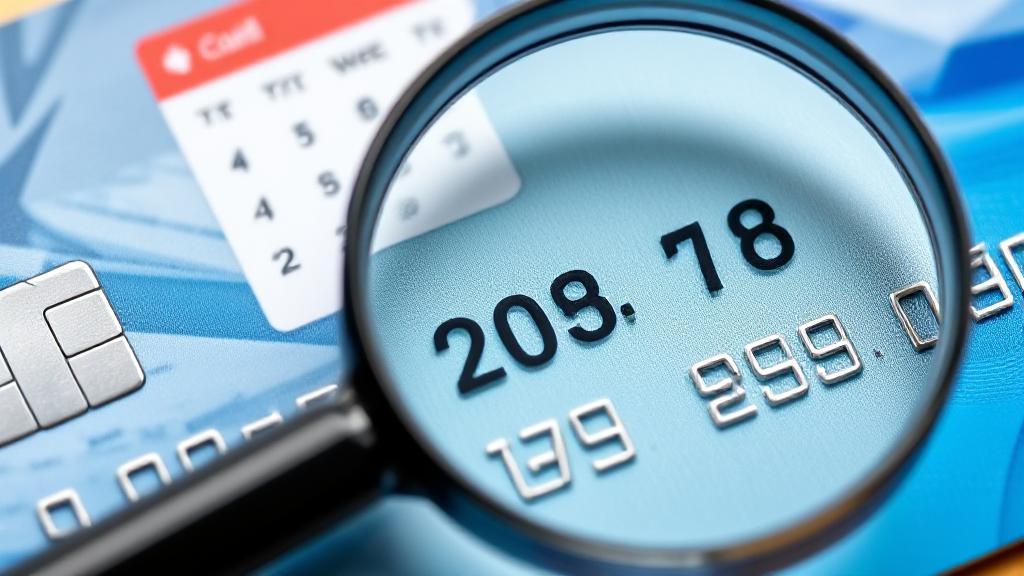Understanding Credit Card Interest
Credit cards are a convenient financial tool, but they come with the responsibility of understanding how interest is charged. Knowing when and how interest is applied can help you manage your finances more effectively and avoid unnecessary debt.
What is Credit Card Interest?
Credit card interest is the cost of borrowing money from your credit card issuer. It is typically expressed as an Annual Percentage Rate (APR), which can range from around 12% to over 30% depending on the card and your creditworthiness.
Grace Period Explained
Most credit cards offer a grace period, which is the time between the end of your billing cycle and the due date of your payment. During this period, you can pay off your balance in full without incurring interest charges. The grace period usually lasts between 21 to 25 days.
How the Grace Period Works
- Your billing cycle ends
- The credit card company sends your statement
- You have until the due date (end of grace period) to pay in full
- If paid in full, no interest is charged on purchases
When Does Interest Start Accruing?
Different types of transactions have different rules for when interest starts accumulating:
- New Purchases: If you pay your previous balance in full by the due date, interest won't start accruing on new purchases until after the grace period.
- Cash Advances: Interest begins accumulating immediately with no grace period, typically at higher rates.
- Balance Transfers: Interest usually starts accruing immediately unless you have a promotional rate.
Types of Interest Charges
- Purchase APR: The interest rate charged on regular purchases
- Cash Advance APR: Higher interest rate charged on cash advances
- Balance Transfer APR: Rate charged on balances transferred from another card
- Penalty APR: Higher rate that may apply if you miss payments or exceed limits
How is Interest Calculated?
Credit card companies typically use the average daily balance method. Here's the formula:
Losing Your Grace Period
You can lose your grace period if you:
- Don't pay your balance in full
- Make a late payment
- Violate card terms and conditions
Pro Tip: To maintain your grace period and avoid interest charges, always pay your statement balance in full by the due date.
Tips to Avoid or Minimize Interest Charges
- Pay your statement balance in full each month
- Set up automatic payments
- Track your spending carefully
- Keep your credit utilization low
- Consider a 0% APR credit card for large purchases
- Avoid cash advances
- Use promotional offers wisely
- Make more than the minimum payment
Restoring Your Grace Period
If you've lost your grace period, you can typically restore it by:
- Paying your balance in full
- Making on-time payments
- Maintaining a zero balance for 1-2 billing cycles
For more detailed information, visit resources like:
